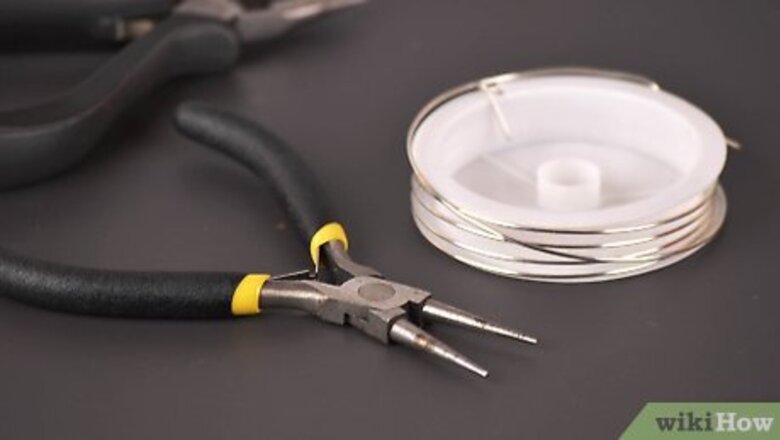
views
Wrapping on pliers
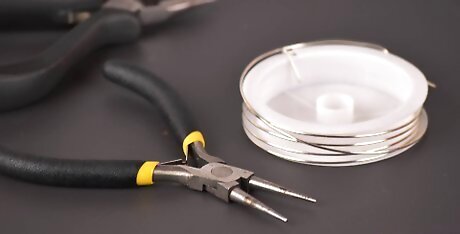
Select your wire. This depends almost entirely on what you want your jump ring to be like. If you are making a large jump ring, you should use thick, fairly stiff wire. If your jump ring is to be smaller, you may get away with a slightly thinner wire.
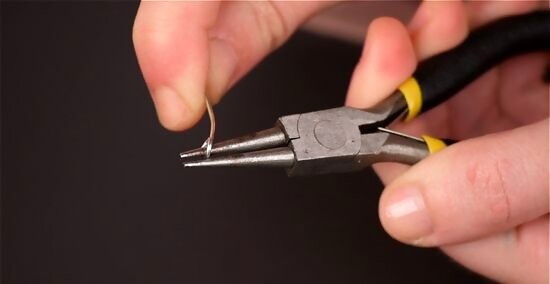
Make a loop at the end of the wire with the round nosed pliers. The loop should end with the long part of the wire just below the short part (when looking at it from the side with the pliers pointing upwards).
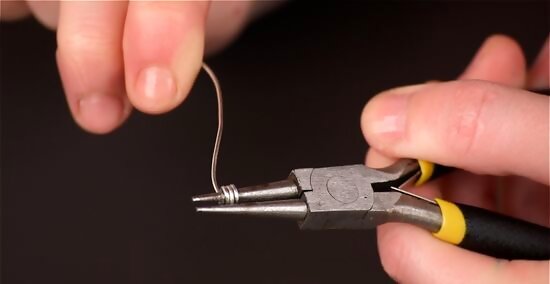
Make a coil by continuing to wrap the wire around the round nosed pliers. Make sure you don't hold it so tightly it can't move up the pliers. The loops should be the same size rather than stacked in a cone shaped like the pliers.
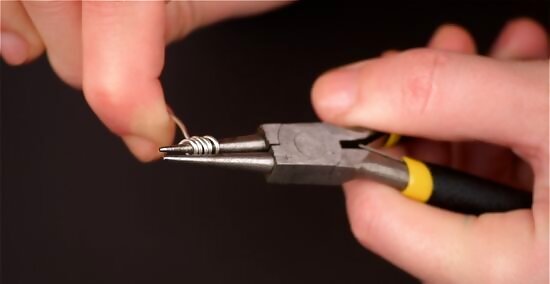
Continue until you have two or three more than the number of jump rings that you need. This allows for mistakes and the removal of sharp ends.
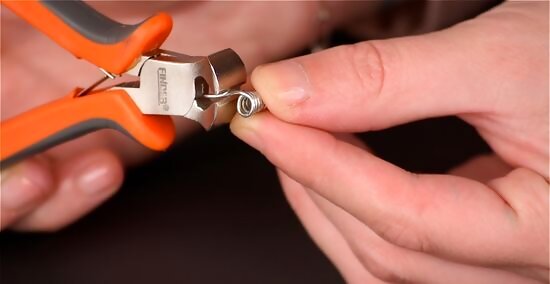
Cut off the straight ends. This will leave you with just a coil of wire.
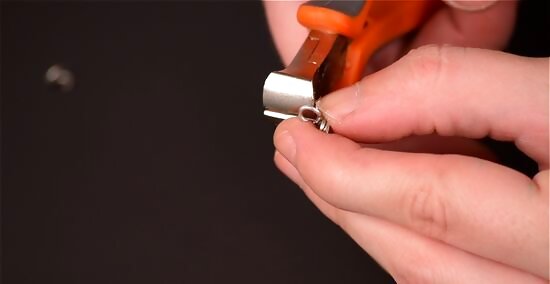
Cut the jump rings. Find the point where the wire ends and cut through the loop above at this point. When you take your cutters away, you should have a jump ring attached to it. Continue this step until all of the coil has been cut into jump rings.
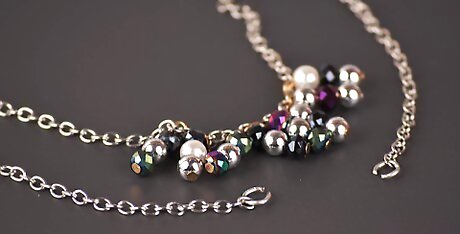
Make your jewellery. Have a look at How to Open a Jump Ring.
Dowel Rod method
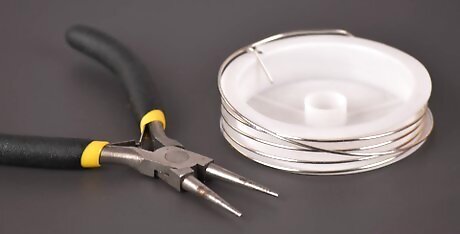
Select the appropriate wire for your project.
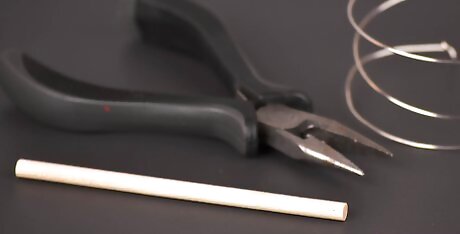
Select the right sized dowel rod (or metal rod) for the project. If it's less that 3/8", you will probably have to use metal as a dowel rod will break too easily.
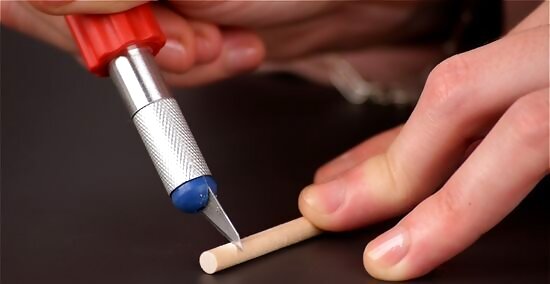
Make a slit in one end of the rod. This is for anchoring the wire as you wrap. This step is not essential but makes making jump rings much easier.
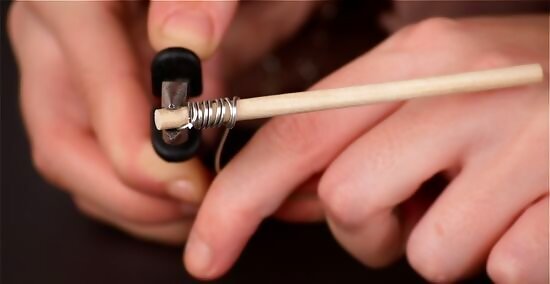
Insert one end of the wire into the slit. Then begin to tightly wrap the wire around the dowel rod towards the opposite end of the slit.
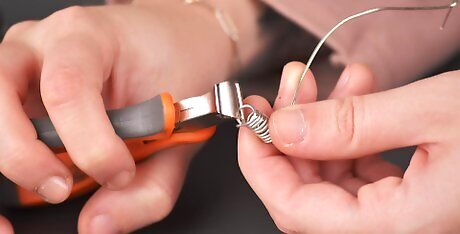
Cut jump rings. Once you have wrapped enough wire on the dowel, you have several options for cutting the wire into jump rings. One of the easier ways is to slide the wire off the rod and use parallel wire cutters to cut the rings. The drawback here is rough, sharp ends that often need to be filed/sanded. If you are using a wooden dowel, you can also use a jewelers saw with a 2/0 blade: move the wire up the dowel to the end, hold the dowel steady and saw a straight line through it. It is also handy to wrap a single layer of masking tape around the wire so that the rings don't fall everywhere. Slowly move the wrapped wire up the rod until you are done.



















Comments
0 comment